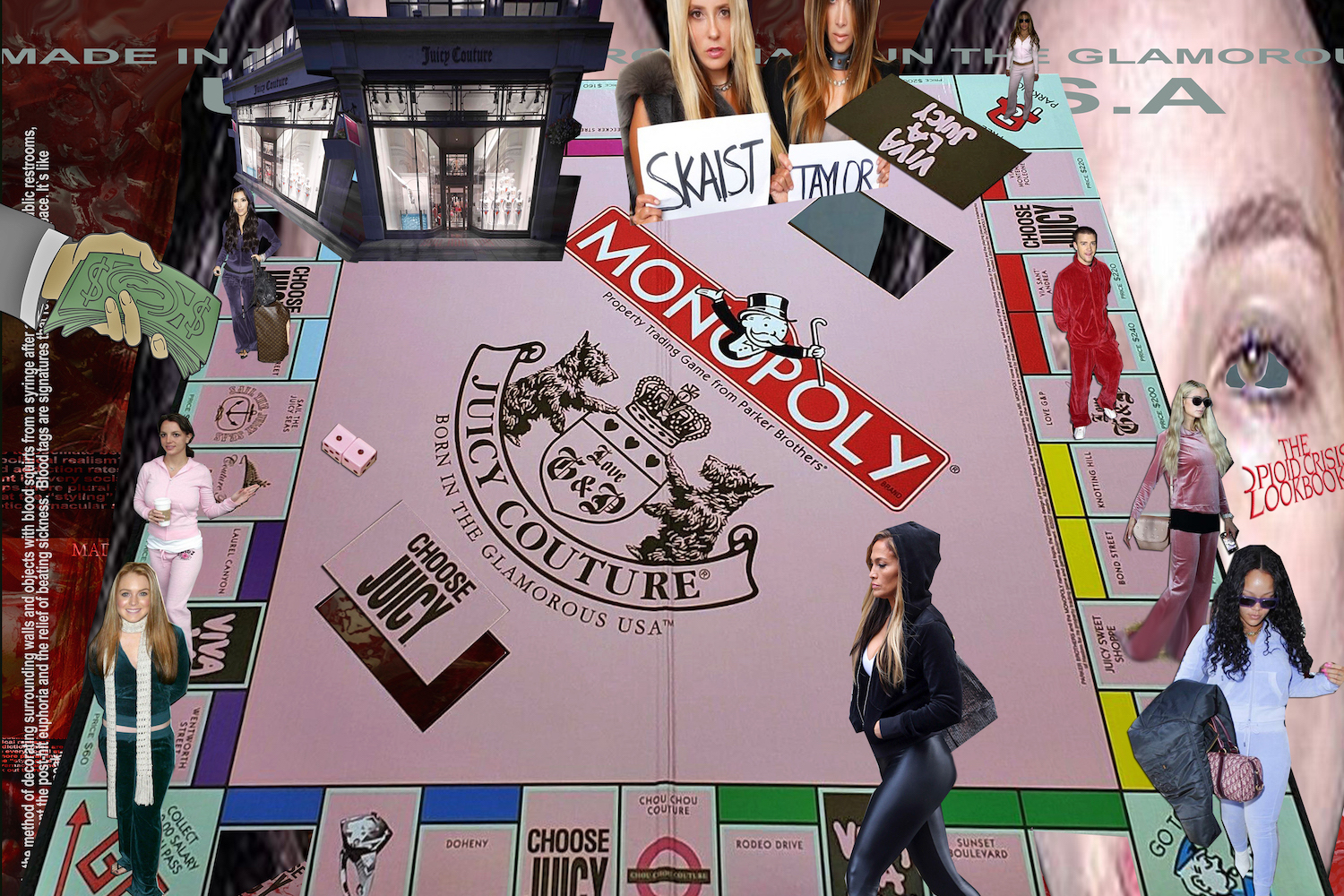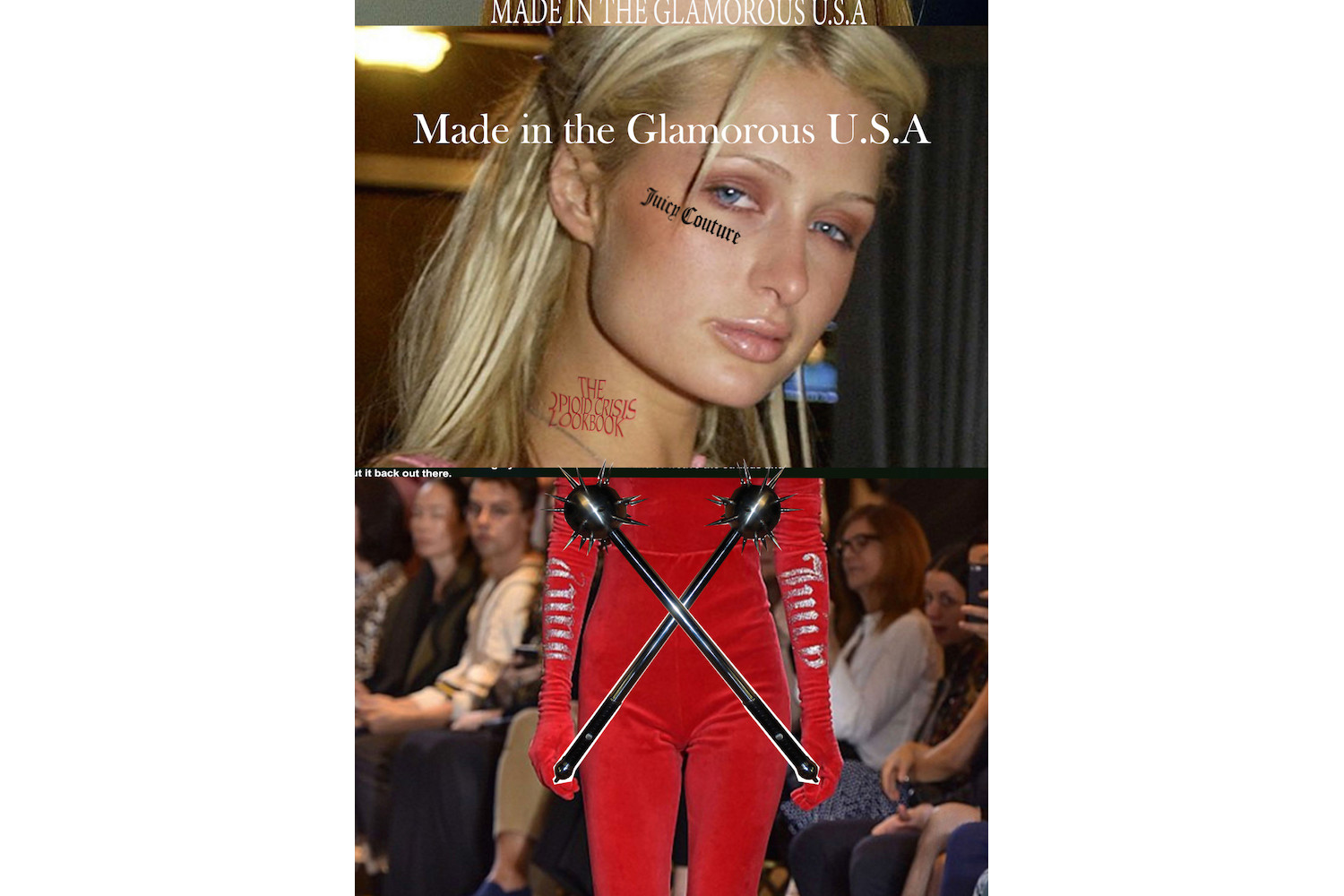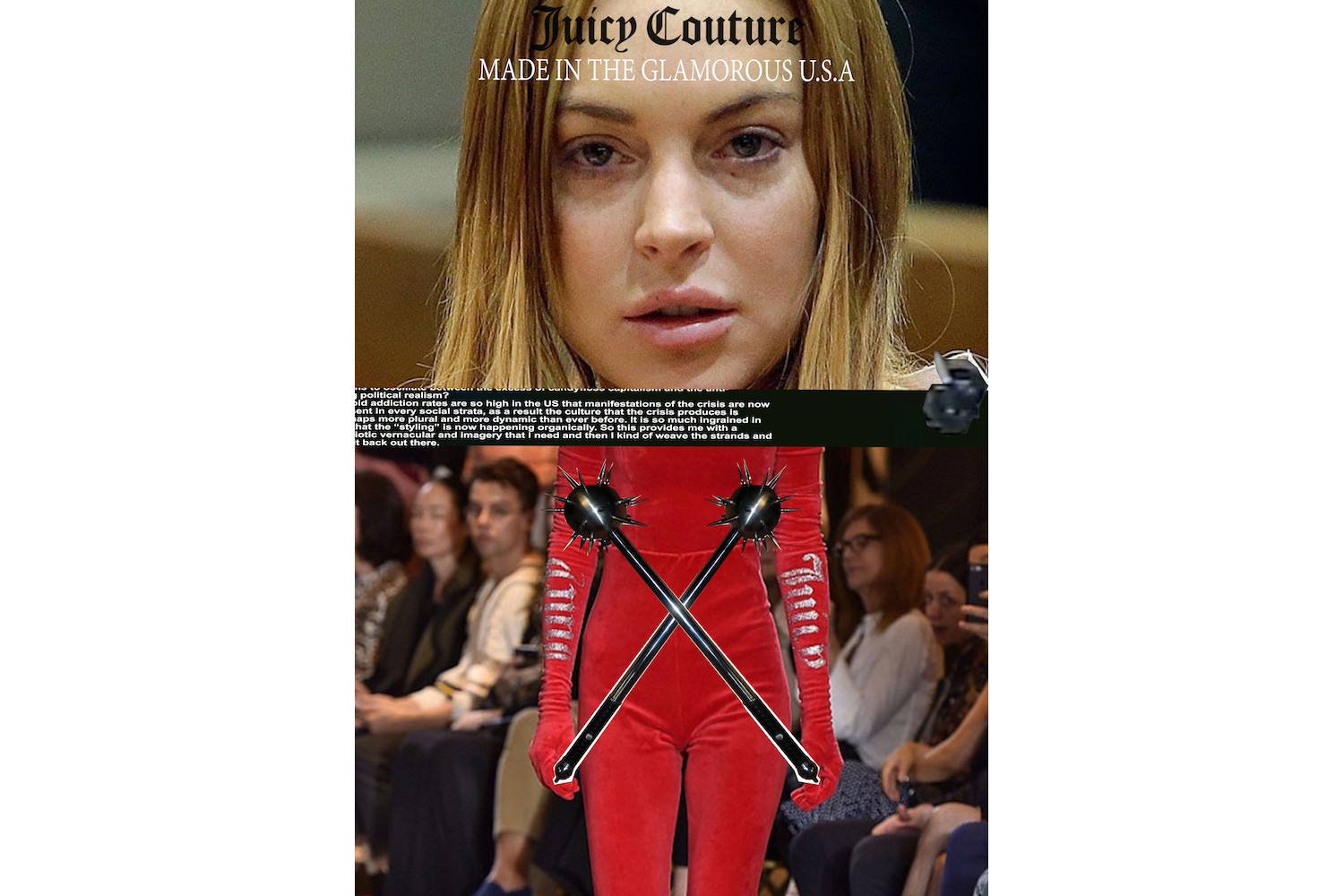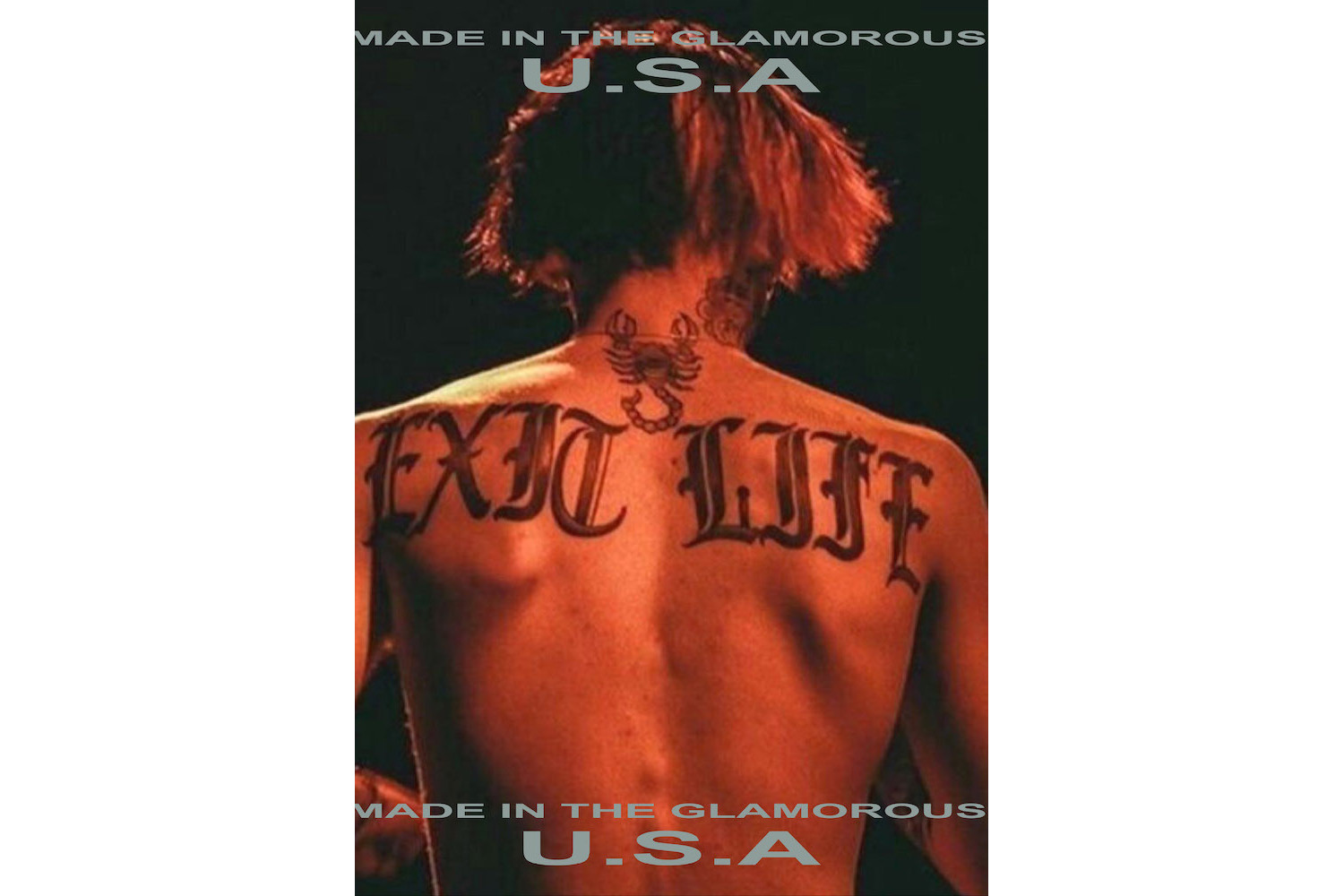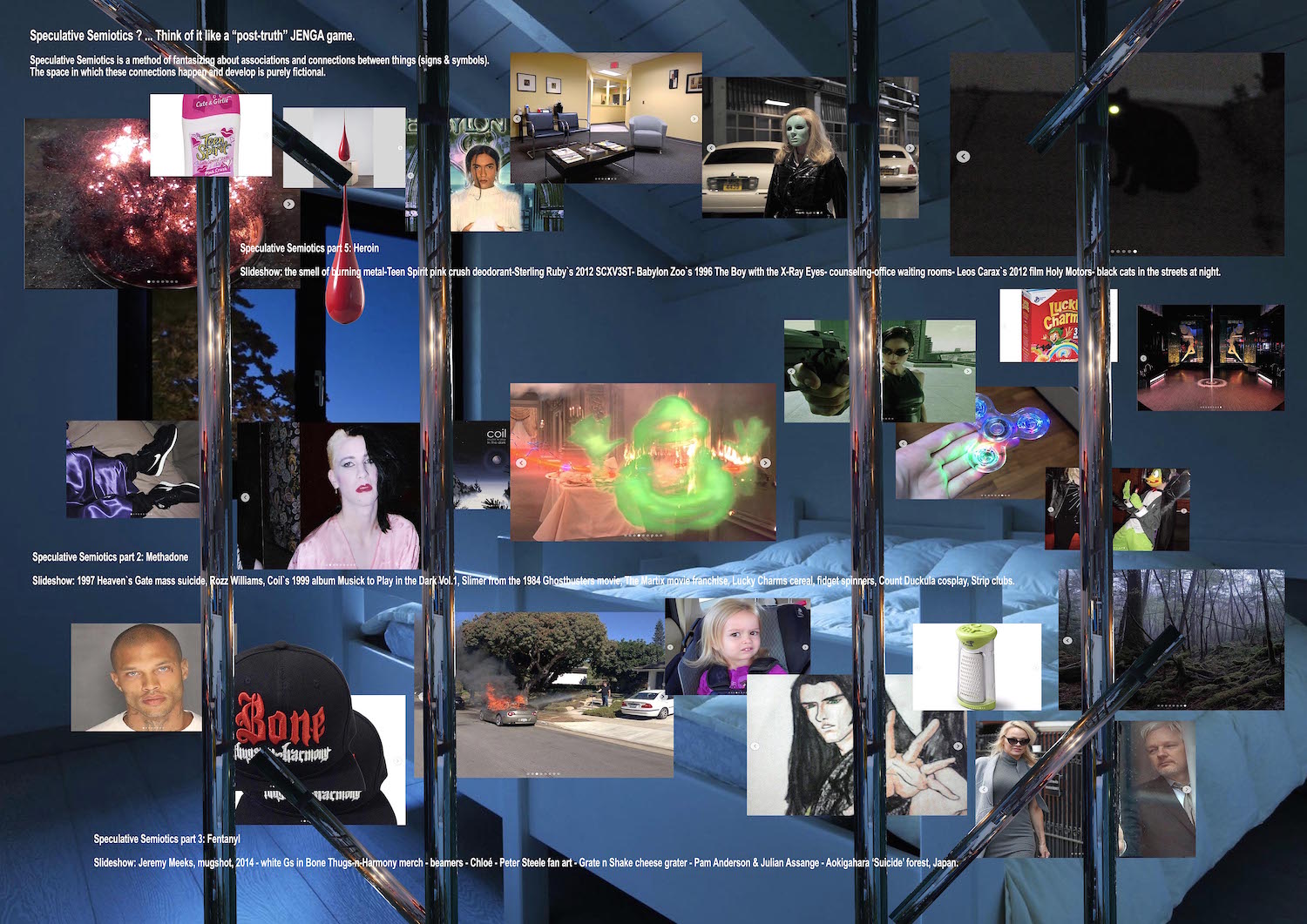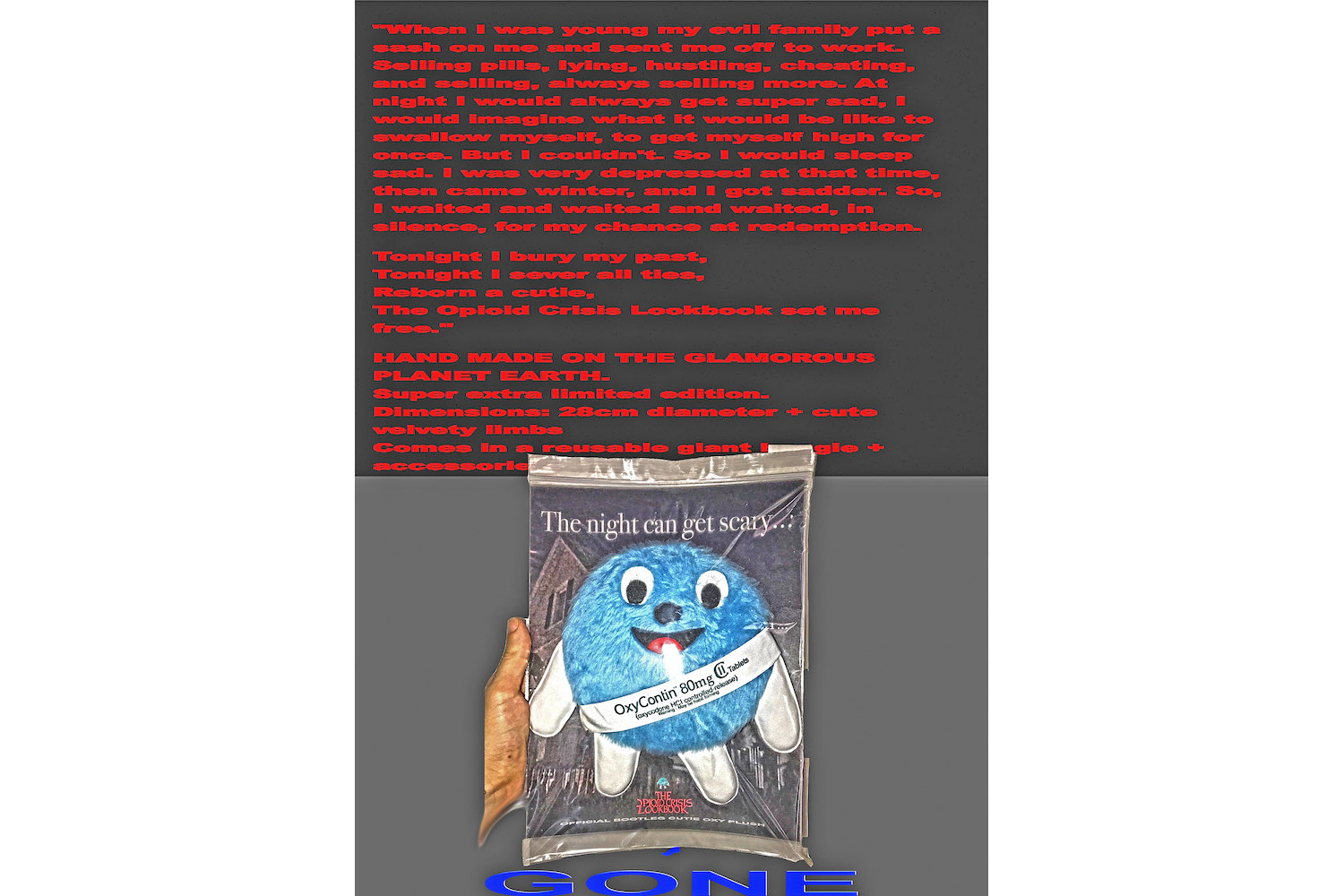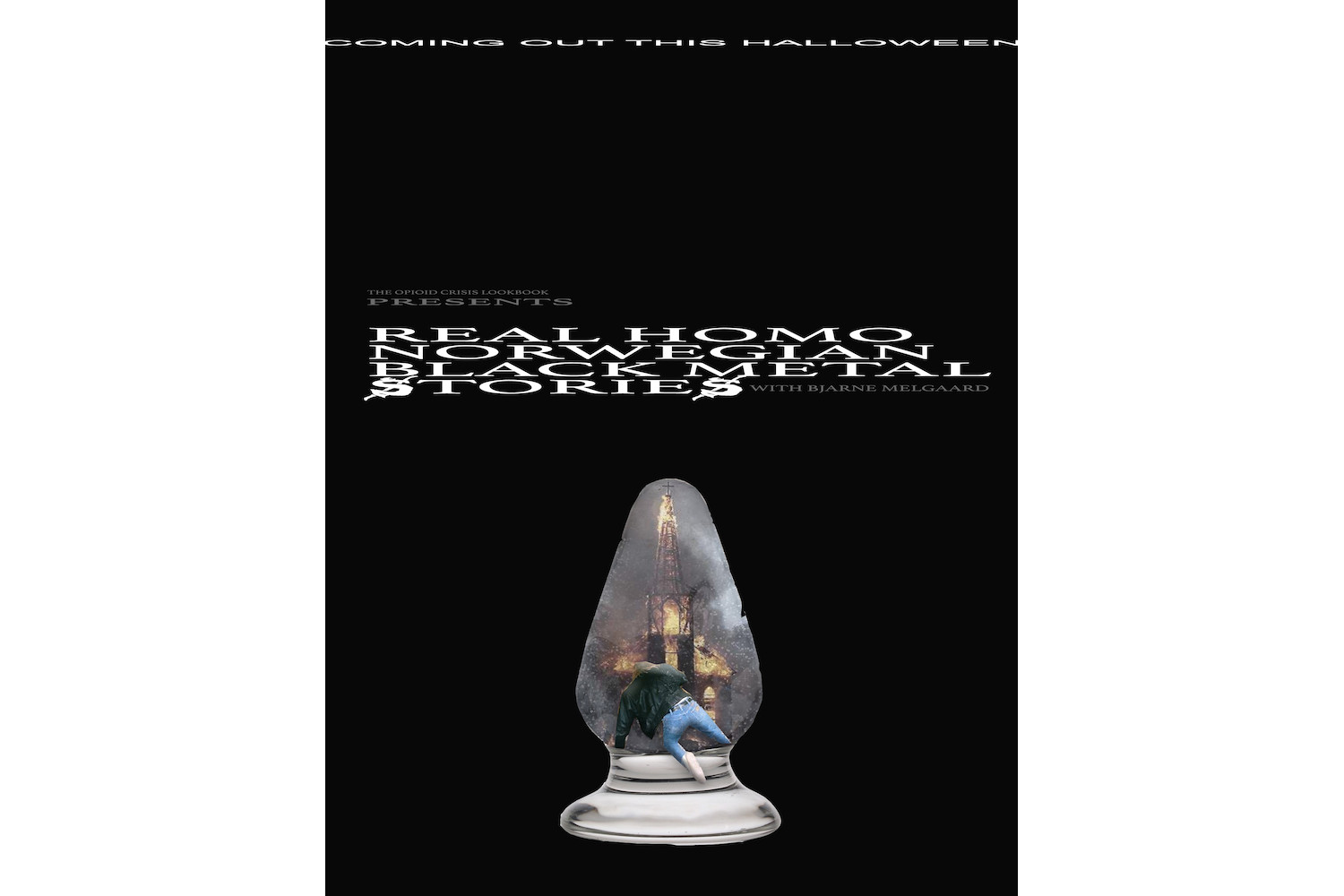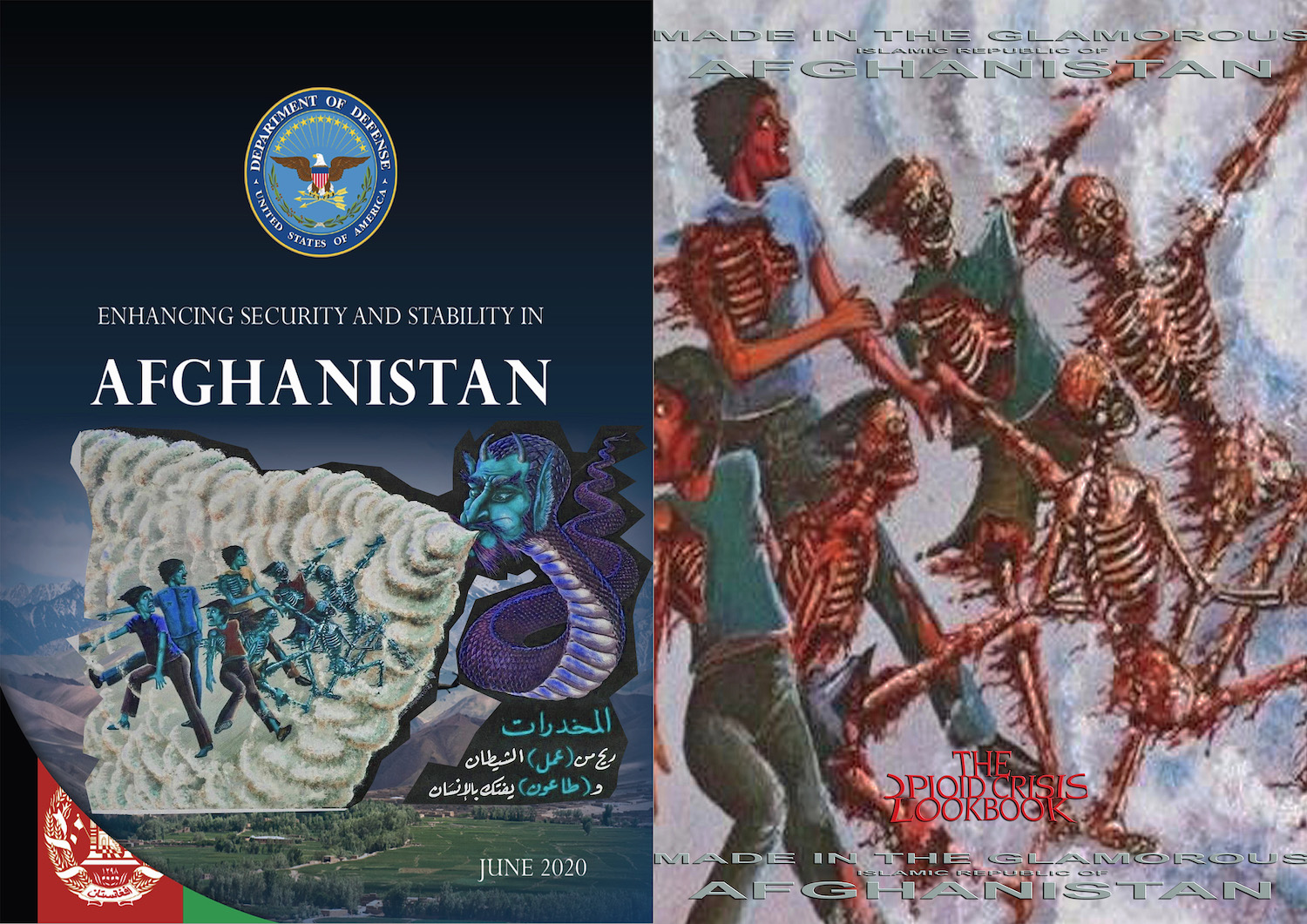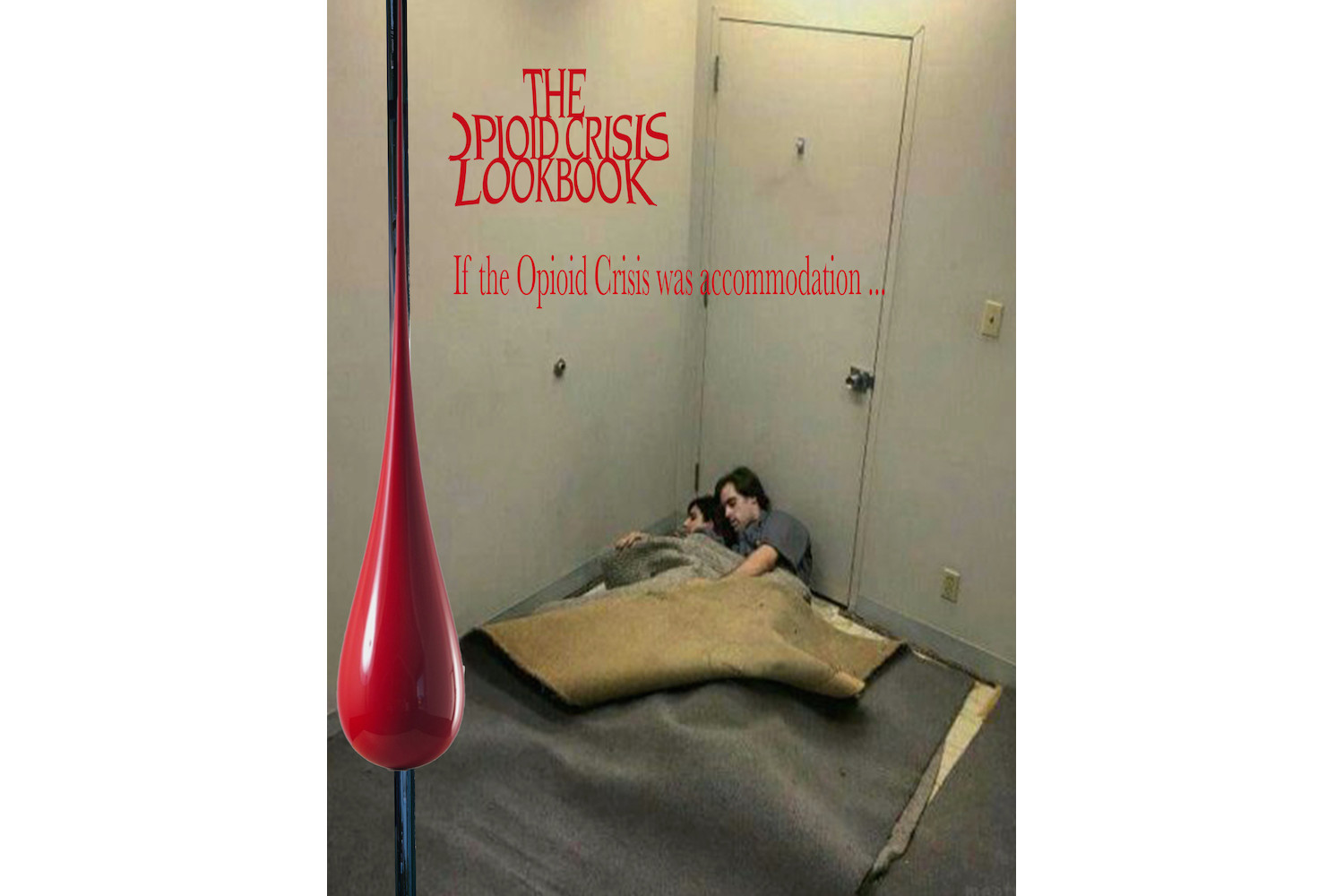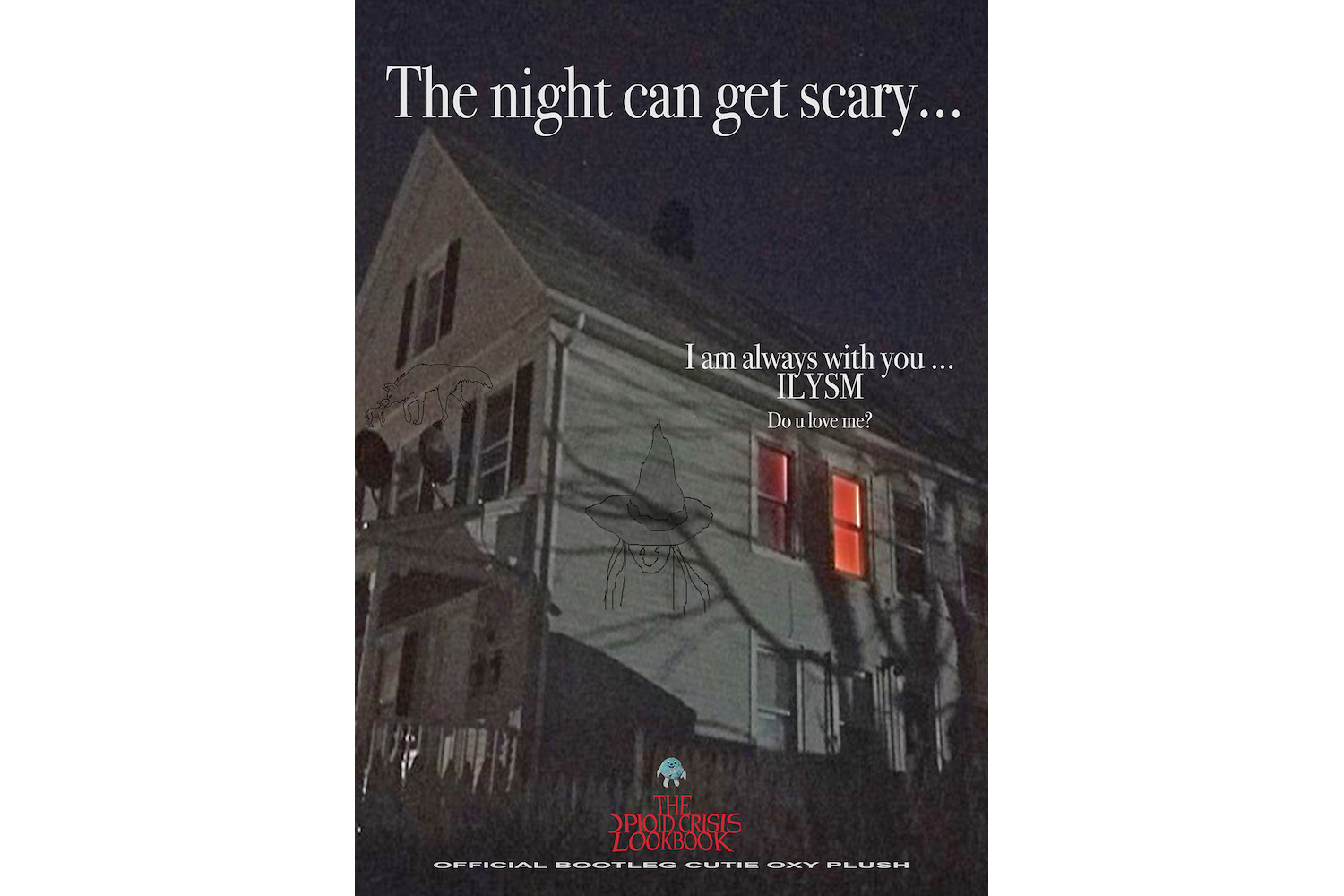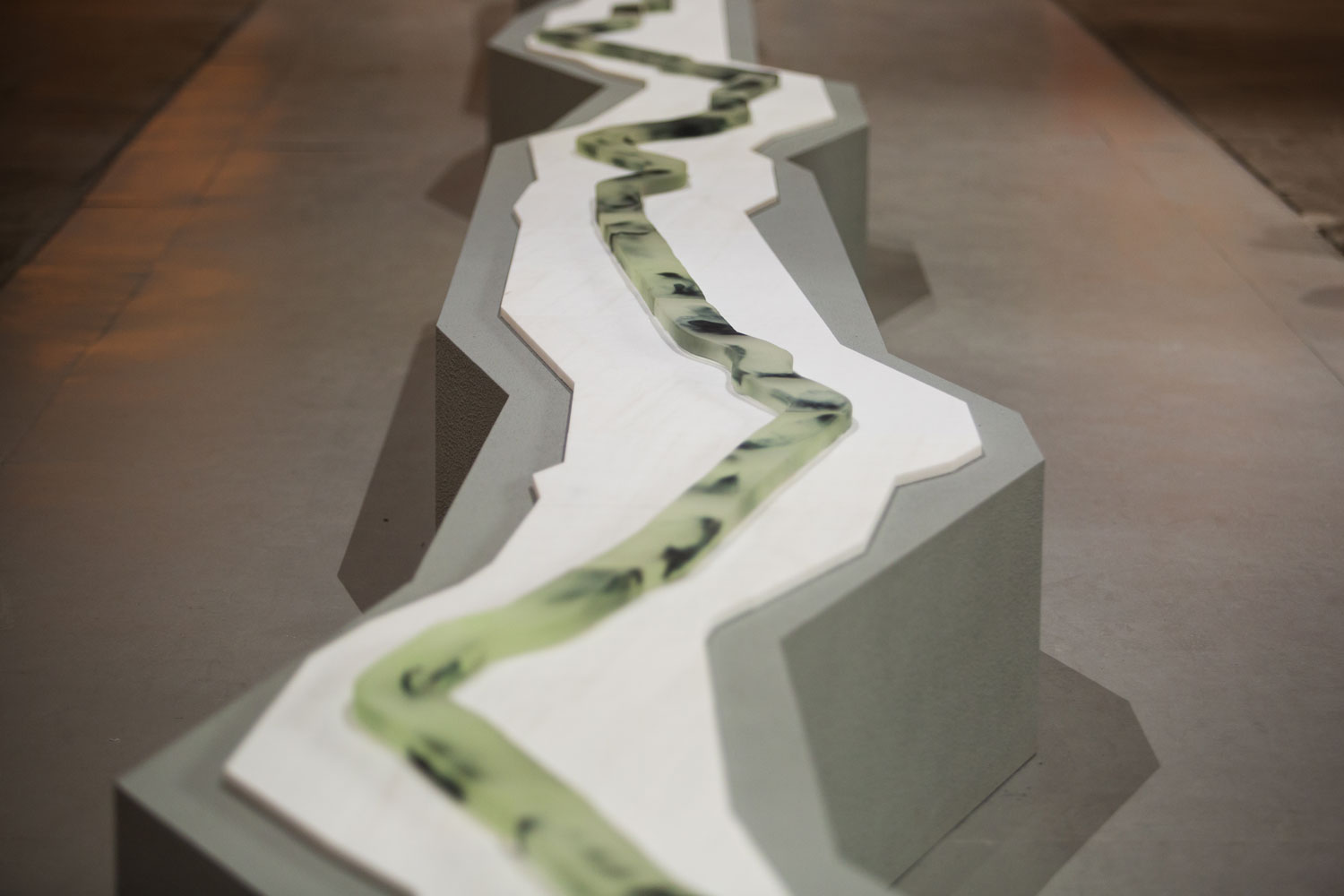Just Follow Me! is a curatorial journey into the Instagram infosphere. The monthly column, curated by Clara Mazzoleni, returns transversal imagery through a selection of projects that give a voice to visual countercultures.
In 2018, in the United States, at least 46,000 people died of an overdose of opioid drugs or substances. In general, the crisis has caused the deaths of more than 700,000 people, and the death toll is expected to increase until 2030. In 2019, in Italy, the National Early Warning System coordinated by the ISS (National Institute of Health) detected an increase in deaths from heroin overdoses. The articles, data, figures, and graphs hide a myriad of individual stories, which together make up an epidemic that does not stop but evolves and transforms like a living creature.
For years I tried to write about my period of drug addiction in an attempt to make sense of it. As the artist Dustin Cauchi (Valletta, 1981) writes to explain his project The Opioid Crisis Lookbook, which we will talk about here, “personal experience should not become a guideline even for oneself. In this spirit, OCL issue 1 does not have a focus or a theme. The common point is a relationship with addiction, but it is as much about drug culture as it is about the colossal failure of a system that is exhaling its last breaths.” In my phantom book, I did not want to talk only about myself either: I dreamed of including in my story many other stories, those that inspired me and with which, even several years after I stopped taking drugs, I continued to identify. When I was a drug addict, I did not feel alone: I felt I was part of a very large community, full of references and representations both artistic and otherwise. Photographers, pop stars, writers, characters from films and TV series, books, music videos, anecdotes about other people’s lives, news stories, data: I wanted to mix and overlap stories of others with my own personal experiences. While I was trying to navigate this large amount of material with writing, without ever succeeding, there was someone who found the perfect way to organize and share it. In 2019, on Instagram, The Opioid Crisis Lookbook was born. It is a project that collects and shares stories, images, symbols, myths, visual culture, and rhetoric revolving around hard drugs and, more specifically, the recent opium epidemic in the United States. On September 10, 2020, OCL became a collector’s magazine: issue 1 is “a depressive pastiche” consisting of almost 250 pages of images and stories divided into seven sections: Peak, Emo, Crash, Craving, Warfare, Gone, Redemption.
Clara Mazzoleni: How did you come up with the idea of creating The Opioid Crisis Lookbook?
Dustin Cauchi: I published my first post on September 19, 2019. For some time, I observed the development of the opioid crisis in the United States. The crisis has been and still is documented mainly through media news, and when this happens some voices or narratives are suppressed or simply not understood. One of the aims of OCL is to make marginal narratives available, in order to provide a reading of the dominant narratives and to trace, recognize, and celebrate the culture that the crisis creates without shame, taboos, and guilt. I felt and feel even stronger now that the language of pain and misery is universal. It flattens racial, gender, class, and social divisions. Likewise, drug addictions born of legal prescriptions — affecting people who have nothing to do with the counterculture of drugs — dispel the whole mythology and misconception of the drug addict as a sort of weak individual who should “simply say no.” I would say that one of the driving forces of the project is empowerment, the belief that — without being too dramatic — if we fall together then maybe we can get back up together.
CM: Does this project have something to do with your personal experience?
DC: I grew up in a red-light district, in a context of drugs and crime, but in a semi-privileged condition — male, white, working class — in the late 1980s. Social injustice, misogyny, discrimination, and violence were tangible, but so were human warmth, solidarity, and ambition. Growing up there marked me with a kind of Bruce Wayne syndrome: I immediately understood that in order to empathize or even understand those around me, I had to throw myself into that kind of life first. I tried heroin for the first time when I was a teenager with a group of friends. We were angry, bored, with big dreams but very few resources. The maternal, almost spiritual nature of heroin was comforting, as I slipped uncontrollably into a daily life of pain and crime. I think any junkie or former junkie will agree that heroin is something you get hooked on because you need it at that moment in life — and you stop doing it when you no longer need it. The trick is to stay alive until that moment.
I had various rehabilitation experiences: from family intervention to forced rehabilitation, from rehabilitation as a personal choice to an alternative to prison. Nothing worked for me, no group therapy, no NA (Narcotics Anonymous) meetings and no twelve-step program. I switched from heroin to Suboxone — I was one of the first in the EU to receive Suboxone under the false pretext that it was a non-addictive alternative — so I experienced the devastation of “safe” prescription drugs myself. Suboxone proved as compelling as heroin, but it kept me off the streets and gave me time to reorganize my life. It was really hard to quit and it took me a while to get back on my feet.
CM: OCL was born on Instagram and immediately knew how to perfectly exploit all its formats: posts, captions, comments, galleries, stories, filters. But then it became a magazine. In fact, as I scrolled through the feed and watched the stories, I often felt the need to be able to hold all that material in my hands and be able to observe and read it with a different kind of concentration. To feel the weight in my hands, to see the images printed large.
DC: The audience that follows OCL ranges from distressed teenagers to Oxycodone-addicted mums, drug dealers, celebrities, and anything in between. Thus, in a way, Instagram is a visual display that shortens distances and makes information more accessible through a familiar and easy-to-digest format. It is also very effective when it comes to keeping up with followers who write to you and share their experiences on an interface that makes them feel safe, as it’s something they know and use all the time. I find the IG format very interesting and expansive in itself as a non-pretentious form of communication. For example, the way I use the stories is a bit like a TV feed: constant, pulsating, almost like the subconscious of the project.
OCL issue 1 was developed in collaboration with Dasha Zaharova, Parisian curators and writers Pierre Alexandre Mateos and Charles Teyssou, between Paris and Barcelona. The transformation into a magazine was very natural. It addresses the need to collect this information in an accessible, tangible, and recognizable format. I like magazines, but I find very few of them around that excite me, so it’s really nice to produce a magazine that I feel I want to buy, read, or collect. A year ago, we started working on a free magazine format with a layout influenced by glossy teenage magazines mixed with deliberately obscure tones. We observed from our personal experiences (which only apply to ourselves) how drug use flourishes in this strange phase of adolescence, where provincial boredom alternates with the fascination of drug mythologies conveyed by tabloids and celebrity culture. Taking drugs, being part of this experience as an adolescent, could be understood as an attempt to divinize oneself through a slow experience of death (or death management). By “divinizing” I mean that taking drugs can be understood as personal evidence: the ritual of a dangerous experience to prove both to yourself and others your innocence and your authenticity.
CM: I heard that OCL caught Courtney Love’s attention. Is this true?
DC: Right after I created the Instagram account, I received a DM from Courtney Love. She had just checked in at the Chateau Marmont to stay out of trouble long enough to get out of LA and go to London to clean herself up, which she did, and where she still is right now. Our first conversation was pretty much like this: I asked her what she was doing and she said she was eating M&M’s, so I asked which ones she liked, “regular or peanut?” She said regular, and I said that regular M&M’s make me sick, so we started talking about candy. From then on, we had long conversations about many things, from Kurt’s stories to Lana Del Rey’s obsession with Joni Mitchell, from Frances Bean to Lil Peep, from heroin to rehabilitation, self-destruction and salvation. We’ve also created a playlist together — it’s on OCL’s Spotify account: @Oxyleaks. Over time many musicians, celebrities, and pop stars got in touch saying that they really felt involved in the project and that they were willing to help. This resulted in contributions and collaborations that will be revealed in due course.
CM: What are the next projects you are working on with OCL?
DC: OCL issue 1 will be launched in Paris in October 2020. The presentation will take the form of an exhibition, with a set design by OCL’s editorial team — Dustin Cauchi, Dasha Zaharova, Pierre-Alexandre Mateos, and Charles Teyssou — and a series of works by Bjarne Melgaard in collaboration with me. The editorial material and posters will be displayed in various formats followed by a party to provide a safe space for those in rehabilitation. So, we’ll see how it goes! This will be the first of the launch events, which will also take place in Barcelona and Moscow in early 2021; then a tour of the United States in the summer. It will be a wild ride. In the meantime, we are working on a “special edition” that will be released around Halloween. Lastly, we will begin working on issue two, which will be released in spring 2021.
CM: Do you think the opioid crisis affects European aesthetics and culture in any way? Or do you think it is a typically American problem? The Italian trap, for example, has already been contaminated by the constant references to opioids and heroin.
DC: I think that apart from specific cases, we are looking at a situation — the collapse of the neoliberal world order — in which it is becoming more and more difficult to live without intoxication. In the EU, manifestations are different because of politics, culture, history, etc. Although the feeling that circulates among people is very similar regardless of geography. This is also the reason why there are sections on Afghanistan, Russia, France, etc. in OCL issue 1. The same can be said of many non-drug related contexts, but they show the same level of cultural or subjective disintegration.

